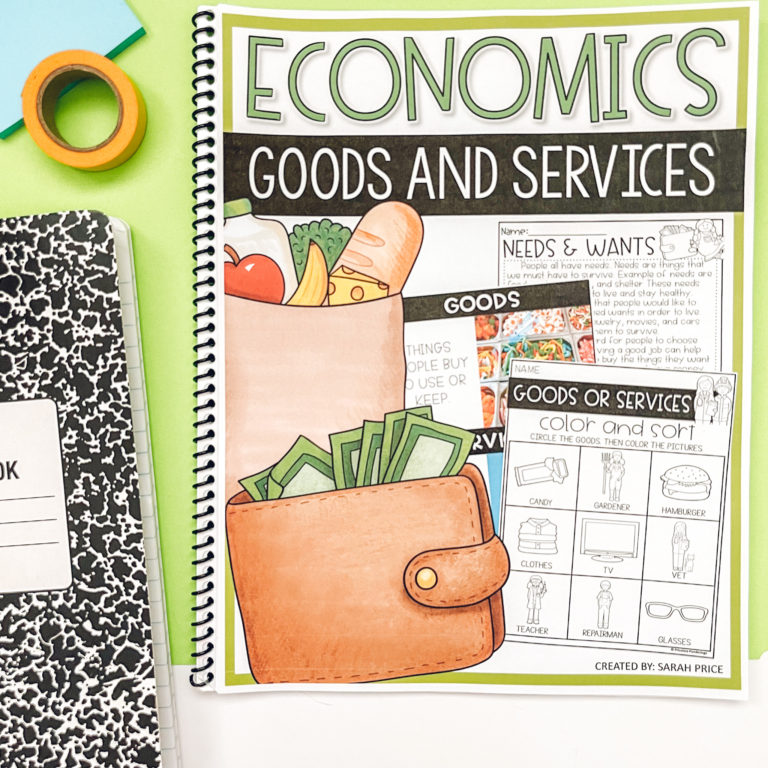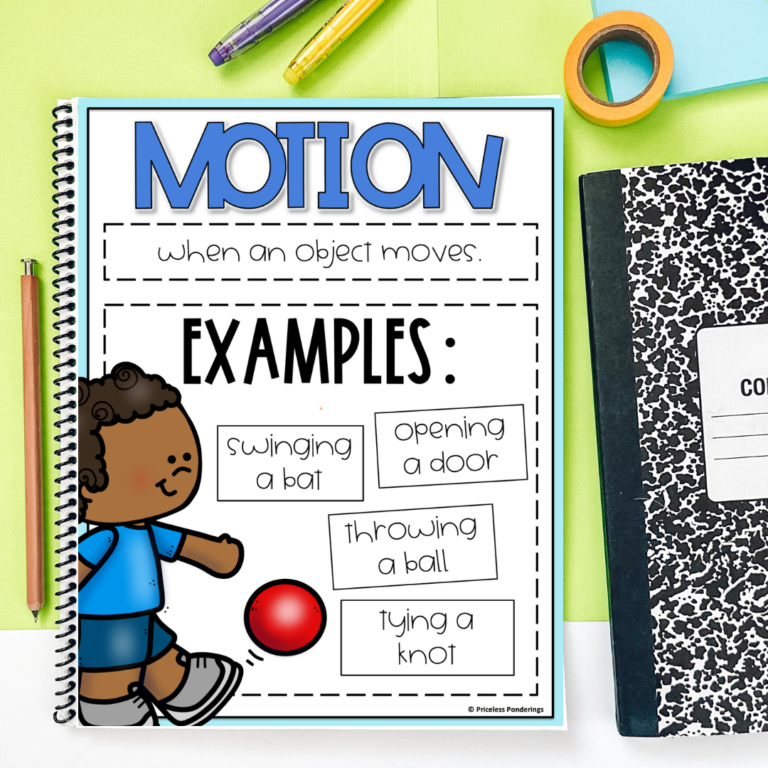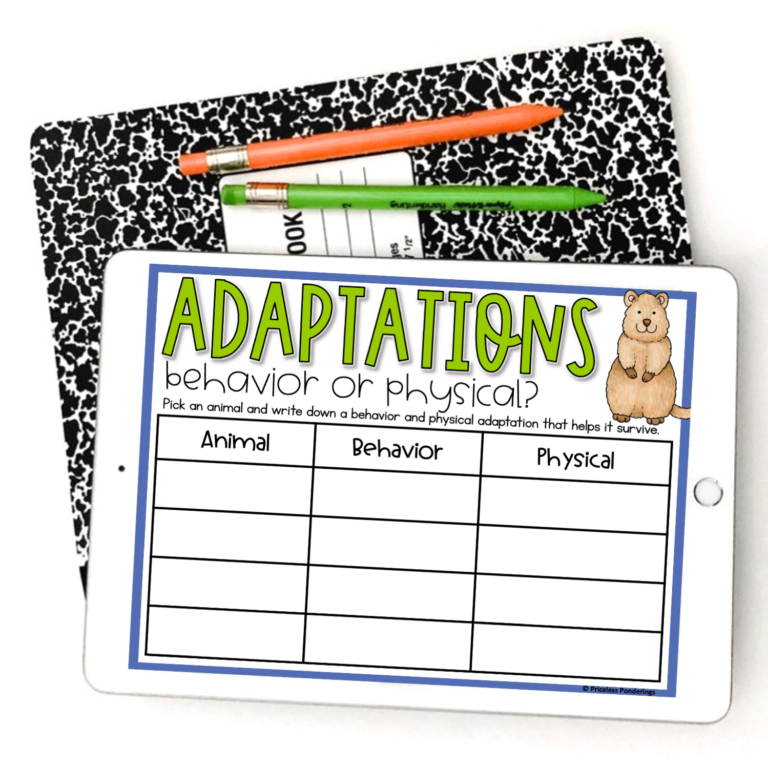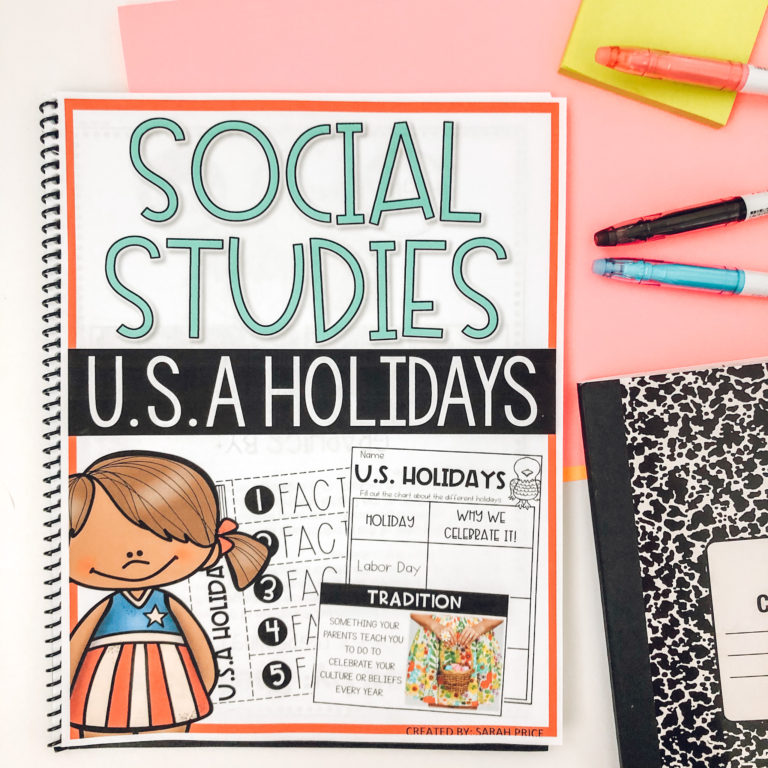7 Easy Ways to Fit Science into your Day

Do you make enough time for science each day? As a first year teacher (or 10), it can be hard to figure out how to fit science into your day. Teaching science to kids is an important part of their education as it helps them develop analytical and problem-solving skills. Additionally, science helps children better understand the world around them, from how plants grow to the properties of matter. By introducing science early on, you can help your students become more curious about science topics and make learning science fun for them.
In this post, I will share tips for how to fit science into your day so that teaching science becomes an enjoyable experience for both you and your students. Then, I will show you how to make more time for science and provide ideas and ways to create a scientific atmosphere in the classroom with stations and experiments.
When to teach science in your day

It is important to teach science to kids so they can learn how to think about problems and find solutions. When you are planning your lessons, try to schedule science classes early in the day. Specifically, this will help students stay interested in the lesson and pay attention.
If science is taught first thing in the morning or late in the afternoon, it will help keep students focused and interested as they are more likely to be energized during these times. Also, by scheduling science at certain points during each day or week, you can ensure that students get a regular dose of science education which can help reinforce their understanding of scientific concepts and principles.
Simple ways to fit science to your day
There are many fun ways to teach science in your classroom that will make learning science enjoyable for both you and your students. From hands-on experiments with materials found in nature to interactive science games or activities, there are plenty of creative approaches you can use to bring science alive! With these strategies, you can create a dynamic learning environment where students become especially excited about science exploration.

Simple ways to fit science into your day:
- Have students keep a science journal to document their learning process
- Connect scientific concepts to real-world examples
- Use videos or podcasts to supplement your teaching
- Add science-themed books to your class library
- Plan field trips to local museums or nature centers
- Encourage students to ask questions and explore scientific concepts on their own
- Add extra worksheets and games to a science center or station in your room
Add pre-made science lessons into your day

In summary, teaching science does not have to take long. Especially with state testing, it is hard to fit it all in. If you are struggling with coming up with lesson plans on your own, I’ve got you covered. My “Science YEAR-LONG curriculum is perfect for 2nd and 3rd graders. It is full of lesson plans, anchor charts, low-prep science experiments, worksheets, and quizzes.
Each science unit comes with:
- lesson plans
- vocabulary words
- anchor chart ideas
- an interactive notebook activity or corresponding worksheet
- nonfiction reading passages
- additional worksheets perfect for a science station
- an end of the unit quiz to assess their understanding of the topic
Figuring out how to fit science into your day is easy when all the work is done for you!
Grab MORE teaching ideas here!
7 EASY TOPICS FOR 2ND GRADE LIFE SCIENCE CURRICULUM
SECOND GRADE SCIENCE BASIC PRINCIPLES: 6 EASY TEACHING TOPICS
7 WAYS TO MAKE WORKSHEETS ENGAGING FOR KIDS
Happy teaching!
Sarah






